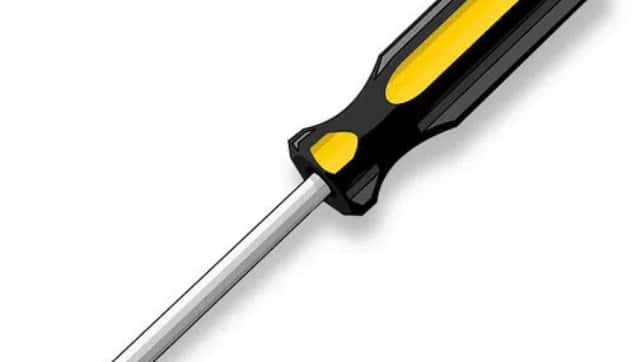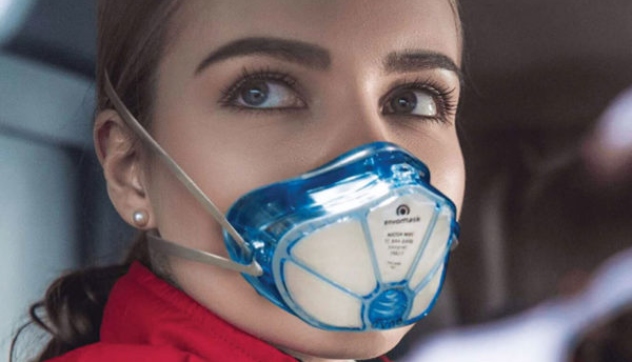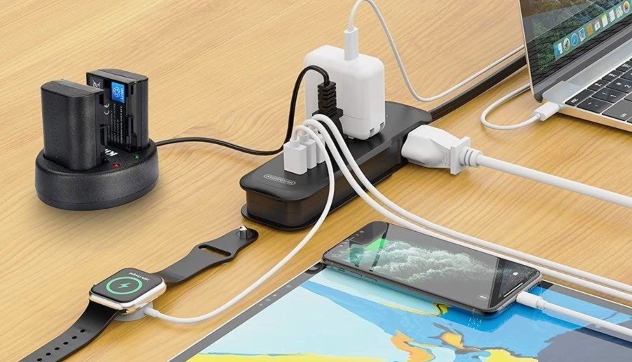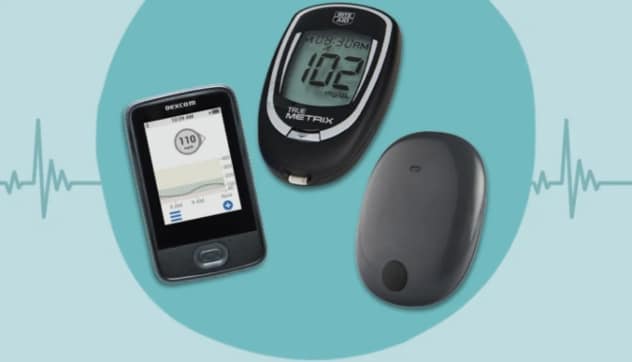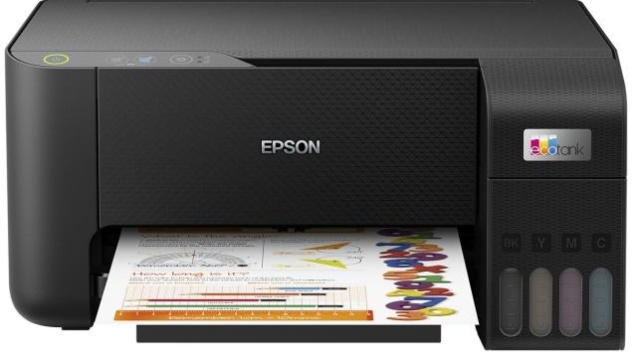The Best Superzoom Camera for 2023
This quick and easy list will help you to find your next superzoom camera and say goodbye to ephemeral memories!
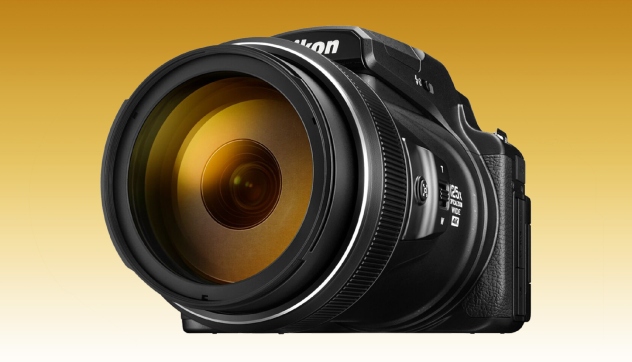
Photography truly is an art. With cameras and lenses of all widths and weights, finding the right product for you can be dizzying. A superzoom camera allows for both wide-angle or long-focus shots without losing out on detail, the richness of color, or requiring switching lenses.
Superzoom cameras are not widely available, due to the growing market, so tend to be more expensive than standard lenses or cameras. As such, we have tested and researched to bring you the best and most cost-effective cameras available.
Everything We Recommend

1. Best Product
Canon PowerShot SX70 HS
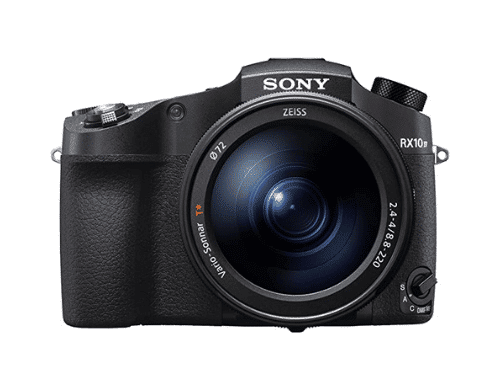
2. Runner Up
Sony Cyber-shot DSC-RX10 IV
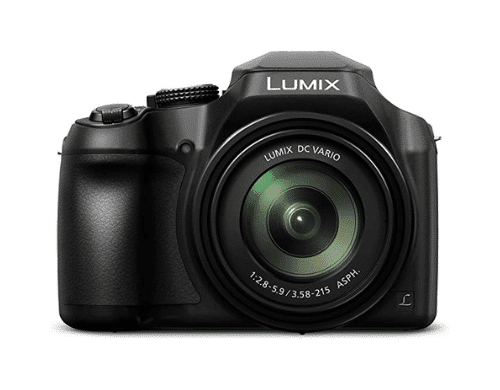
3. Cost Effective
Panasonic Lumix DMC-FZ80

4. Almost Made the Cut
Panasonic Lumix DC-FZ1000 II
1. Best Product

Best For Creative Control
Canon PowerShot SX70 HS
This option is a fantastic bridge camera with an incredible zoom range that eliminates the need for multiple interchangeable cameras.
Specifications
- Dimensions
- 4.6 x 5 x 3.6 inches
- Weight
- 1.36 Pounds
- Optical Sensor Resolution
- 20.3x
- Connectivity
- Bluetooth, USB, HDMI
- Screen Size
- 3 Inches
- Video Capture Resolution
- 2160p
- Viewfinder Type
- Electronic
Pros
Powerful 65x Optical Zoom
Built-in OLED Electronic View Finder
Ergonomic Design For Easy Handling
Image Stabilization
Cons
Limited Low-Light Performance
No Touch Screen
About The Product
According to our team of testers, the Canon PowerShot SX70 HS is the best superzoom camera. It is ideal for novices or newer photographers aiming to take quality pictures. This high-end compact camera is simple to use, and our testers were impressed by the range of available features and capabilities. This camera also allows for flexibility in editing due to RAW image capture and offers 4k video/audio, with an option to connect to Wi-Fi for photo sharing. This pick has an ergonomic shape, making it easy to hold and carry throughout the day.
This camera sports a 65x optical zoom lens, meaning a target 65 feet away will appear no further than one foot. This type of lens has an equivalent of 21-1365mm focal length, allowing you to capture high-quality images from a distance. This pick has a variable-angle LCD, which aided our testers from straining to use the viewfinder. The EVF also provided a clear view of the subject, and the frame rate of 10 fps bursts enabled our testers to capture fast-moving subjects without unnecessary blur or lag.
While this option made our top pick, our testers noted some minor drawbacks. The main issue faced by our testers was this camera was limited when working in low or dim light. This camera also did not come with an accessory shoe; a mount for external devices such as microphones or flashes. Similarly, although this camera has a high-quality video feature, it does not have a 24-fps option which impacts recording fast-moving objects such as wildlife, sports, or vehicles.
However, a feature that our testers were impressed with was the image stabilization system that minimizes camera shake by up to five stops. This system allows for clear images even when shooting at fast shutter speeds. In addition, the 20.3 MP sensor works with the DIGIC 8 image processor, allowing still shots up to 10 fps for fast-moving subjects. To assist with keeping a subject in frame, this camera sports zoom framing which automatically zooms either in or out, which was especially helpful to our testers shooting at longer focal lengths. Overall, the results of this camera were more accurate than alternative devices while not having as expensive a price tag as competitors.
2. Runner Up

Best For Fast-Moving Targets
Sony Cyber-shot DSC-RX10 IV
This camera has a remarkable 0.03-second autofocus system that uses advanced algorithms and high-speed processing to track moving subjects accurately.
Specifications
- Dimensions LxWxH
- 5.22 x 3.7 x 5.02 inches
- Weight
- 2.32 Pounds
- Viewfinder Type
- Electronic
- Screen Size
- 7.5 Inches
- Display Type
- LCD
- Display Fixture Type
- Tilting
- Optical Zoom
- 25 x
- Connectivity
- Bluetooth, WI-FI
- Screen Size
- 7.5 Inches
Pros
Fast Autofocus
25x Optical Zoom
Optical Image Stabilization
Touch LCD Screen And Electronic View Finder
Cons
High Price Tag
Weighty
About The Product
Our testers label the Sony Cyber-shot DSC-RX10 IV as the best upgrade pick. Due to its 24fps continuous burst mode, this pick is ideal for capturing fast-moving subjects. This camera sports a wide range of features, such as 4k video recording, an electronic viewfinder, a touchscreen display screen, and a 25x optical zoom with phase-detect autofocus to allow a subject to be brought into focus quickly and easily.
The Cyber-Shot sports a dust and splash-resistant design, making it durable against any drops or knocks.
Our testers were highly impressed by the super slow-motion movie mode (HFR7), which allowed them to record up to 40x slower than in real life. The camera’s lens also has a tele-macro capability of up to 600 mm at a distance of 2.36 feet, which allowed our testers to capture highly detailed images. This camera uses optical SteadyShot image stabilization and an AF acquisition speed of 0.03 seconds to allow for blur and shake-free shots.
Besides the high price, as this camera is one of the most expensive point-and-shoot cameras on the market, this pick also has no in-lens neutral density filter. Our testers reported that their images were easily overexposed when shooting in bright sunlight.
Overall, this camera is a quality option for those with a high price within their budget. It is intended for pro-video workflows and has the best image stabilization of any camera on the market.
3. Cost Effective

Best For Amateurs
Panasonic Lumix DMC-FZ80
This option captures everything from wide-angle landscapes to telephoto close-ups with ease.
Specifications
- Dimensions LxWxH
- 4.69 x 5.13 x 3.71 inches
- Weight
- 1.36 Pounds
- Viewfinder Type
- Electronic
- Screen Size
- 3 Inches
- Display Type
- LCD
- Connectivity
- USB, HDMI
Pros
18.1 Megapixels Mos Sensor
60x Optical Zoom
Affordable
High-Resolution EVF
LCD Touch Screen
Cons
No Weather Sealing
Limited Performance in Low-Light Conditions
About The Product
The Panasonic Lumix DMC-FZ80 is a superzoom camera perfect for anyone who loves to capture high-quality moments without breaking the bank. The main selling point of the Panasonic Lumix DMC-FZ80 that our testers found is its impressive 60x zoom range. The fast autofocus and 10-fps raw capture allows for capturing moving subjects in different lighting conditions at high resolution.
Our testers reported that the LCD screen was easy to use, even when wearing gloves or in bright light. The electronic viewfinder (EVF) also allows for accurate and sharp shots even when shooting from the maximum distance or through reflective surfaces such as glass.
Despite the EVF offering accurate results, it has no eye sensor, which required our testers to use the screen over the viewfinder, which was jarring. This issue also made it difficult for users to compose shots in low or dim light. Another flaw we faced was the fixed LCD, as there is no adjustment on the screen for your subject to be out of standard or direct focus. This camera also does not support 24fps video.
Overall, this comfortable and ergonomic grip makes this camera easy to use, and its high-resolution viewfinder lets you see what your photos will look like before you take them.
4. Almost Made the Cut

Best For Versatility
Panasonic Lumix DC-FZ1000 II
Featuring an impressive zoom lens, a high-resolution sensor, and 4K video capabilities, it's an excellent choice for handling a variety of shooting scenarios.
Specifications
- Screen Size
- 3 Inches
- Viewfinder Type
- Electronic
- Display Type
- LCD
- Includes External Memory
- No
- Item Dimensions
- 9.1 x 9.1 x 9.1 inches
- Optical Zoom
- 16x
- Video Capture Resolution
- 2160p
Pros
Image Stabilization
4k 30p Videos And 4k Images
Post-Focus And Focus Stacking Modes
20.1 Mp 1-Inch High Sensitivity Mos Image Sensor
Approximately 12 Fps Continuous Shooting
3-Inch 1,240k-Dot Tilting Touch Control Display
Cons
Limited Battery Life
No Built-in ND Filter
About The Product
The Panasonic Lumix DC-FZ1000 II may not be the most sophisticated camera in its class, but it does have some distinctive features that make it a quality tool for practicing photography. However, because it does not offer the best weather protection, it is not for those who want to take a chance in erratic weather.
This camera has a 16x zoom lens, offering incredible detail whether your subject is close-up or a wide landscape shot. The 1-inch image sensor delivers high performance and color fidelity in low light, while the Vari-angle touch LCD ensures the user has a convenient view of the subject. According to our team, a notable feature of this camera is the front and rear dials which allowed our testers to easily control multiple settings - such as shutter speed, angling, and aperture.
The main feature our testers were most impressed with regarding this option was the 4k video capabilities with a mic input, as many of our other picks did not support this feature. This camera also offers an Auto Marking Function to allow the user to choose the best shot out of the collection of frames, aiding in dealing with blurring.
One of the biggest problems our testers faced with the Panasonic Lumix DC-FZ1000 II was the lack of dust or splash protection. This omission of weather protection prevents or limits the potential locations or subjects, as these can damage the camera or the photos themselves. Although our testers reported that this camera felt sturdy, some offered feedback that the camera was not as durable as competitors.
Who This Is For
A superzoom camera is an exciting way for photographers to capture memories and moments.
These cameras promise high-quality results to be easily shared or printed, and the multi-faceted lens of a superzoom camera also cuts out unnecessary weight and time of changing lenses. For example, DSLR Cameras use interchangeable lenses with image stabilization, whereas superzoom cameras have fixed lenses. This difference requires the user to hold their superzoom camera steady for sharp photos. Similarly, DSLRs typically have auto-focus, while a superzoom camera will require manual adjusting. These features may convince users that DSLRs are the way to go, but they are notably much more expensive, and professional photographers tend to use superzoom cameras due to the lack of extra lenses.
As such, superzoom cameras are a quality addition for either a professional or amateur photographer. Overall, superzoom cameras are easier to control while not costing you a fortune.
Why You Should Trust Us
Searching for the best superzoom camera dumps over two million results in your lap. At National Today, we have made this process infinitely easier for photography enthusiasts by testing the best ten products and narrowing them down to the top three. We are an unbiased company, aiming to make finding the best purchase easy to manage.
We tested the products highlighted in our list over several months. Our testers are trusted members of our team, evaluating and reinforcing the authenticity of products. We all do our best to break down complex topics into easy-to-understand language, making even the most technical products accessible to readers of all backgrounds. With no sponsors encouraging us to present any particular product outside of our careful judging factors, you can rely on us to offer accurate, detailed, and honest results of how these products perform.
We are constantly updating and improving our content for our readers, so if you buy any of our recommendations, let us know your experience by contacting us at —.
How We Picked
Zoom and Photo Quality
There is no clear definition for what qualifies as an optical lens for a superzoom, but it is understood to be any over 10x or 20x. The options recommended range from 25x to 65x, meaning all lenses tested have an equivalent of at least 21mm-1365mm. Unlike digital zoom, where enlarging a subject area can reduce the image resolution, the optical zoom does not affect the pixels of the captured image due to the glass elements within the lens physically moving.
Build, Weight, and Size
The build and weight of the camera will have an impact on the user. Due to having fixed lenses, unlike DSLRs, the user must hold the camera steady to achieve a sharp shot. The weight issue worsens if the device is heavier or bulkier overall or on one side, so having lightweight or compact cameras is the best choice.
Low-Light
Although superzoom cameras may not be the best choice for specifically low-light shots, you can tell a lot about how a camera will cope in low light by checking the lens and sensors. For example, the larger a sensor is, the more light it can gather in a single shot, making for better options for low-light photography regardless of shutter speed and aperture.
How We Picked
Subjects in Motion
Superzoom cameras are for both wide landscape shots and detailed close-ups. All our suggestions have over 10fps for high-quality results of fast-moving subjects.
Compact
Our picks weigh between one and two pounds, meaning they will not feel heavy after a long day of photographing. Along with the lack of additional lenses, compact or lightweight cameras are easier to use.
Low-Light
Due to having one fixed lens, these cameras may not be ideal for super-low-light or bright exposure shots. As such, we have done our best to recommend picks that offer quality, detailed photos in decent light.
Cost-Effectiveness
Our options range from $300 to over $1000, allowing photographers of any skill set and budget to experience the quality features.
Care and Maintenance
Your camera, especially one with a higher price tag, needs care to grant you high-quality images.
We recommend using a liquid formulated for cameras instead of standard cleaning products. Products such as isopropyl are gentle and do not damage the sensor or lens. Lint-free tissue paper and microfibre cloths are good tools to help clean your camera and remove dust or dirt. When wiping the lens, it is crucial that you wipe from the outside towards the inside to prevent damage. Spray cleaners may be tempting for cleaning your camera, but these can leave residue on your camera, which may cause damage.
For storage, you should keep your camera in a cool and dry location away from heat sources such as fireplaces or direct sunlight. The same applies to the batteries of the camera. If your batteries leak, remove them immediately and wash your hands thoroughly. If anyone ingests leaked batteries, seek out medical care immediately.
Sources and Research
Further Reading and Similar Topics

July 26, 2024
National Dog Photography Day
National Dog Photography Day is the perfect day to post photos of your beloved pet!

August 19, 2024
National Photography Day
Prepare your camera as we honor one of the most influential days in history.

June 15, 2024
Nature Photography Day
Learn more about nature and enjoy capturing it at its best over the warm summer months.

June 29, 2024
National Camera Day
Focus on how cameras have made telling our stories easier than ever.

August 19, 2024
World Photo Day
The definition of photography is quite literally "drawing the light."

May 1, 2024
National Photography Month
Photographers, it’s time to gather around! Join us as we celebrate National Photography Month!
